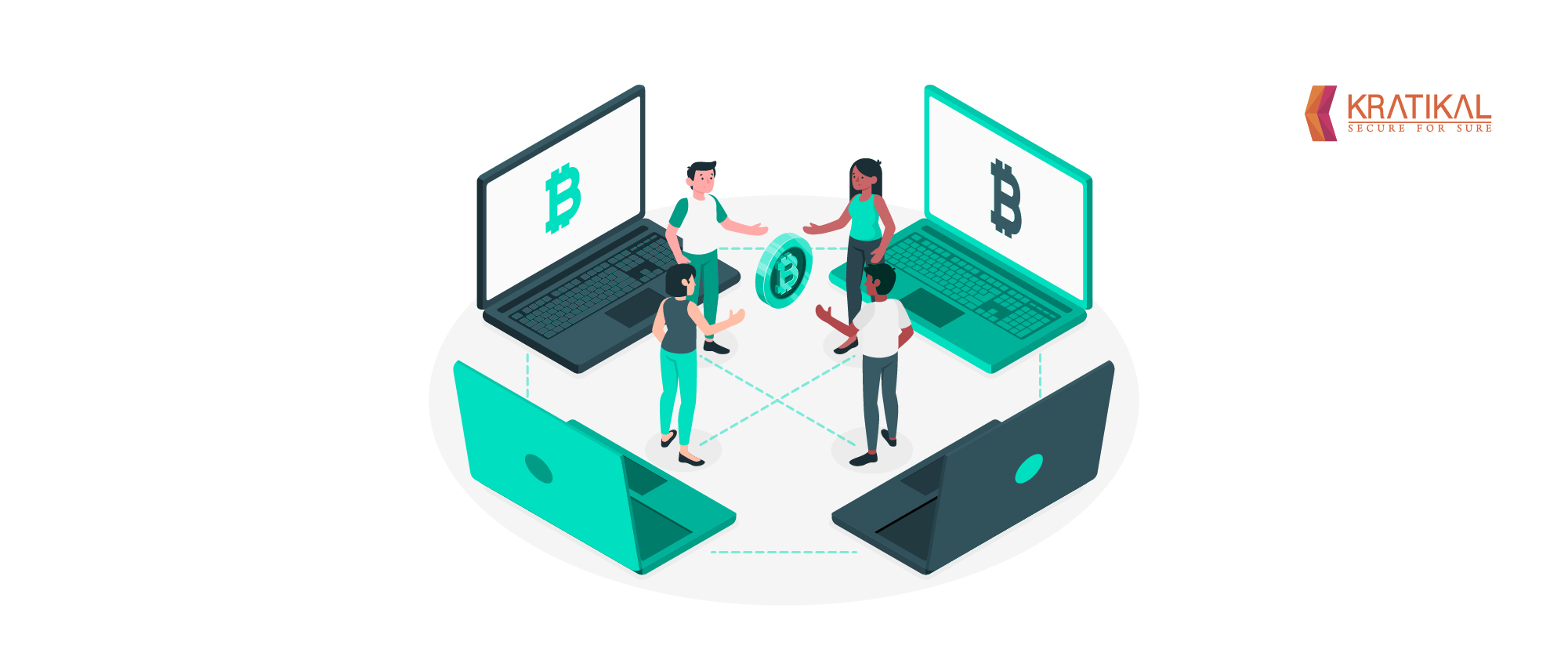

Cryptojacking has provided cybercriminals with a new means of filling their pockets at the expense of organizations around the world. And the worst part? Your company may already be a victim of cryptojacking and you might not even know it!
Table of Content
What is Cryptojacking?
Cryptojacking refers to the unauthorized use of someone’s computer for mining cryptocurrency. As cybercriminals keep coming up with new ways of attacking businesses, cryptojacking has become one of the most rapidly growing cyber attack vectors globally.
Instead of holding your company data for ransom or stealing it, threat actors can tap into your organization’s computing power for mining cryptocurrency. The theft of your organization’s computing power through cryptojacking can have tangible financial consequences.
It can lead to the potential degradation in service, loss of income and productivity, higher cloud usage or energy consumption, frequent replacement of hardware and system performance issues.
How does Cryptojacking Work?
Cryptojackers trick victims into clicking on a malicious link that loads cryptomining code on their computer. Alternatively, they can infect an online ad or website with JavaScript code that executes automatically once it is loaded in the victim’s browser.
However they do it, the cryptomining code works silently in the background while the unwary victims continue to use their computers normally. Hackers often use both these methods to maximize their return.
Unlike the other kinds of malware, cryptojacking does not damage the computers or their data. It steals CPU processing resources. Individual users may find slower computer performance just a little annoying, however, organizations with several cryptojacked computers can suffer severe financial losses.
How Prevalent has Cryptojacking been in 2020?
- Varonis discovered the Monero cryptojacking malware while investigating a company that was secretly plagued by cryptojacking for over a year. This was one of the biggest recent cryptojacking attacks.
- As per CSO Online, 90% of all remote code execution attacks are linked to cryptomining.
- According to a report by Digital Shadows, cryptojacking kits are being sold for as little as $30 on the dark web.
- According to a report by arXiv, cryptojacking is responsible for 4.32% of all Monero in circulation.
- As per a report by ENISA, 2020 witnessed a 30% year-on-year increase in cryptojacking the month of March.
How to Detect Cryptojacking?

Cryptojacking is one of the stealthiest and most difficult-to-detect cyber attack vectors. It can not only have an adverse impact on your entire business operation but can also make it difficult for you to identify which of the systems have been compromised if any.
So, here are a few major things you should keep your eye out for:
Deteriorating System Performance
A decrease in the performance of your computing devices like laptops, desktops, tablets, and mobile devices is the first symptom of cryptojacking. Instruct your employees to immediately report any fluctuation in their system’s performance to IT.
Quick Overheating
Mining for cryptocurrencies is a resource-intensive process, which can cause your computing devices to rapidly overheat, resulting in system damage. A problem may be indicated if the fans of your systems are running longer than they normally do to cool down the system.
Increasing CPU Usage
Regularly monitor and analyse the CPU usage of your systems. If you spot an unreasonable increase, it may be a sign that cryptomining scripts are running on your system without your knowledge.
Undo Changes on Webpages
Cybercriminals are always on the lookout for websites where they can insert a cryptomining code. Frequently monitor your own websites to look for any changes to the webpages or the files on the web server.
How to Mitigate the Risk of Cryptojacking?
It is extremely difficult to detect if and when your computer systems have been compromised by cryptojacking. However, you can take some basic preventative measures to protect your systems and networking systems against this threat. Here are some effective tips to prevent cryptojacking:
- Train Your Organization’s IT Team
Make sure your IT team is satisfactorily trained to detect and understand cryptojacking. It should be aware and vigilant enough to catch the earliest signs of an attack and should be ready to take immediate steps to get the situation under control.
- Implement Anti-Cryptomining Extensions
Implement one of the many available browser extensions for blocking the cryptominers across the web.
- Disable JavaScript
Disable JavaScript while browsing online to prevent the cryptojacking code from infecting your system.
- Use Ad Blockers
Cryptomining scripts can be often found embedded in web ads. Use an ad blocker to detect and block any malicious cryptomining codes.
- Educate Your Employees
The IT team is not solely responsible for securing the organization against cyber threats. Each of your employees should know what to look out for. Provide your employees with basic cybersecurity awareness training to make them understand the importance of following security protocols set by the IT team.
Instruct your employees to immediately notify IT if their systems are overheating or running slowly. They should also know about the risks involved with clicking on suspicious links or downloading files from untrustworthy sources.
ThreatCop is an excellent cybersecurity awareness training tool that generates awareness amongst employees to secure your workforce against all kinds of cyber risks.
Turn Your Employees Into A Cyber Threat Shield!
Make your employees proactive against prevailing cyber attacks with ThreatCop!

